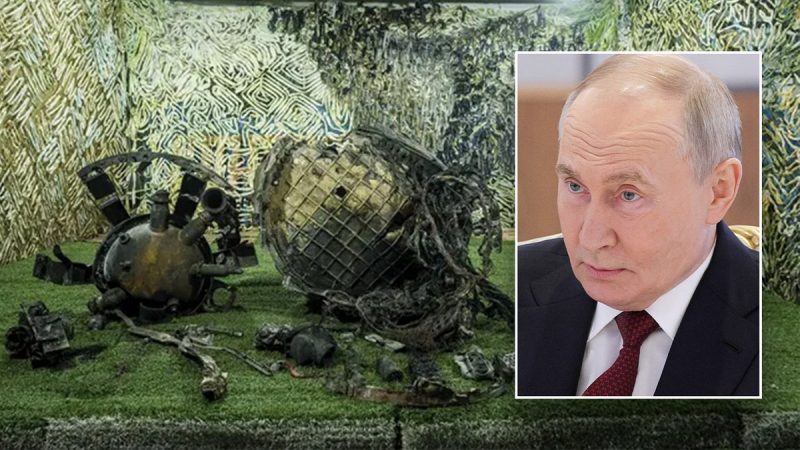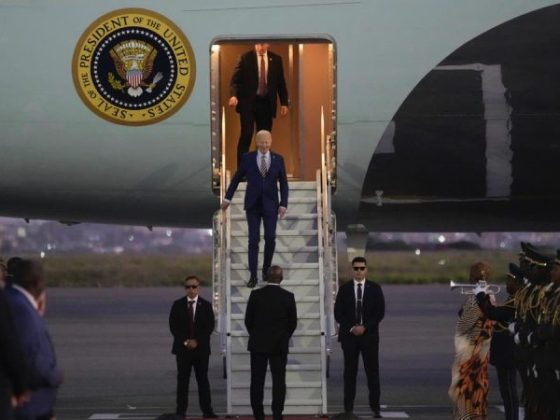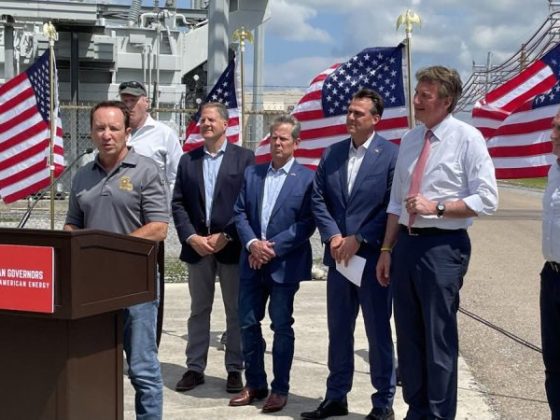Vladimir Putin has introduced a new threat to geostrategic balance through his consideration of using a new hypersonic missile against Kyiv, Ukraine’s capital. This missile, according to reports, holds the capacity to extend its reach as far as the US West Coast. This move is seen as a significant escalation in tensions, inviting significant military and political implications that warrant deep investigation.
The hypersonic missile in question is reportedly capable of flying at speeds higher than Mach 5, the threshold for hypersonic velocity. This speed would allow the missile to bypass traditional missile defense systems, achieving a surprise attack with devastating consequences. This technological advancement in warfare threatens to upset previously established strategic norms, threatening a shift in global security paradigms.
Putin’s attention towards Kyiv underlines the ongoing strife between Russia and Ukraine, adding a new dimension to the conflict. Since the annexation of Crimea in 2014, Russia has exerted continuous military pressure on Ukraine. The hypersonic missile represents a dramatic escalation in this ongoing geopolitical challenge, signaling Russia’s readiness to commit to aggressive actions in pursuit of its geopolitical goals.
The missile’s reported capability to reach the US West Coast further complicates global security dynamics, demonstrating Russia’s capacity to challenge US defenses directly. This projection of power is a clear statement to Washington and its allies. It underlines Russia’s military capabilities and resolve, representing a challenge to US dominance in terms of global security.
This strategic move by Putin has led to widespread concerns about a new arms race. Hypersonic technology, with its superfast strike capability and capacity to evade detection, represents a game-changer in military strategy. If Russian technology indeed possesses such capabilities, it could trigger other nations, including the US and China, to bolster their own arsenals with comparable technologies. Such a race would place additional strained on already tense international security dynamics.
Moreover, the deployment of any weapons system without communications or agreements in place regarding its use can only exacerbate potential conflicts. The current lack of any formal, binding treaty regarding hypersonic weapon use between the US and Russia makes the threat of an outbreak of hostilities due to miscalculation or mishap all the more real.
In a wider perspective, Putin’s consideration of this strategic move, with its potential implications for Ukraine and the US, underscores the urgent need for effective arms control negotiations. Building mutual understanding and agreements over the deployment of such advanced weaponry is necessary to prevent any unchecked escalation of tensions and uphold global security.
The situation also draws attention to the importance of multinational organizations and alliances. Organizations like NATO, the EU, and the UN Security Council can play crucial roles in mediating the situation and preventing any untoward escalations. Their mandates to ensure international peace and security make them especially important in situations where powerful nations may be tempted to resort to military solutions to geopolitical conflicts.
The recent developments around the hypersonic missile reflect the urgency and complexity of the geopolitical scenario we currently face. Increased military might, embodied by revolutionary technologies such as hypersonic weapons, imposes a new challenge to peace and security. It underlines the need for global cooperation, dialogues, and treaties to control arms race and preserve global peace. As nations grapple with the implications of this seemingly unstoppable military technological advance, the world waits to see how the situation unfolds.









